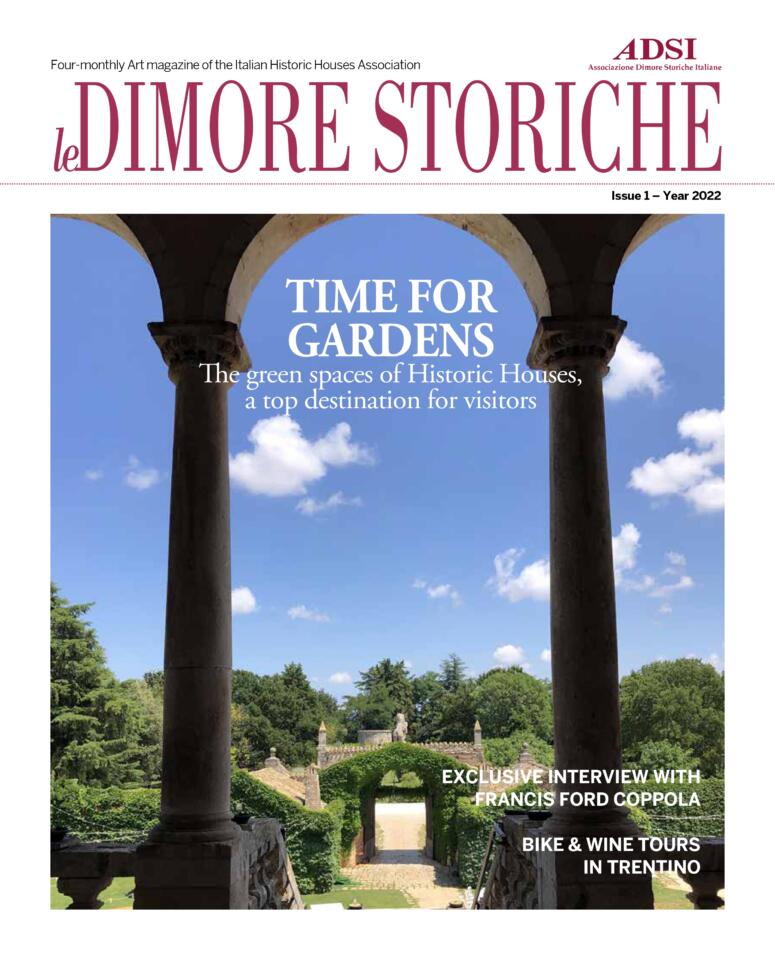Open to the general public
Describing the wonders of our Historic Houses for Italian and international tourists, exploring the connection between these great residences and the territory, inviting visitors to come and discover the excellence of our cultural heritage. This is the goal of the new editorial approach undertaken by Le Dimore Storiche-Historic Houses-a magazine that debuts online in a double version (in Italian and English) with the general public very much in mind.
We start with a cover story dedicated to the gardens of noteworthy palaces in Puglia, mapping out an itinerary that is completely in line with the post-Covid trend of savouring an outdoor experience in direct contact with nature while admiring the architectural techniques applied to the landscape and green spaces. The care and development of historic parks and gardens, along with new recognition of the role of the “art gardener”, is the focus of initial national investments linked to the funds of the National Recovery and Resilience Plan, through the government allocation of 300 million euros as part of a total of 2.7 billion earmarked for the enhancement of the nation’s architectural and landscape heritage.
This new initiative coincides with what is already a reality in many cases, namely, the owners’ desire to open the gates of the Houses and gardens to welcome visitors who are eager to discover the secrets of these special places. Like A.D.S.I., the Italian Historic Houses Association, we hope that this will prove a first step toward meeting with ever greater conviction the high costs entailed in the maintenance and nhancement of the gardens and, more broadly, of such cultural treasures in general, thus favouring a winning partnership between the public and private sectors that will benefit the entire national tourism system and the people living within the communities where these properties are located.
Indeed, it is worth remembering that the historic houses present in almost every municipality count as “non-relocatable productive activities.” They are part of an extremely broad economic chain linked not only to the world of tourism in the strictest sense but also to the professions of archivists, historians, furniture and building restoration companies, to name only a few. More than 50% of all heritage sites are located in municipalities with populations of fewer than 20,000 inhabitants, and, of these, 26% are in municipalities with fewer than 5,000 inhabitants. It is thus clear that these monumental complexes—defined as national heritage sites according to Art. 9 of the Constitution—can, if adequately supported, become the fulcrum of medium and long-term sustainable development within the territories where they are located. And this is precisely what the world expects of us.


